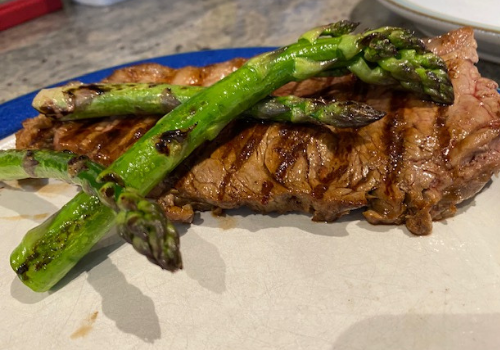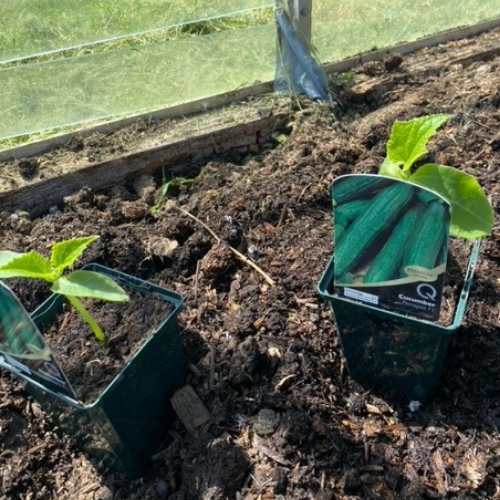May is upon us with the flowers blooming and the trees covered with gorgeous, green leaves. Mid way through spring and I’m starting to feel the heat on my shoulders and the sunshine on my face (I’m not complaining though!) and seeing vibrant greens all around, the allotment is at its peak.
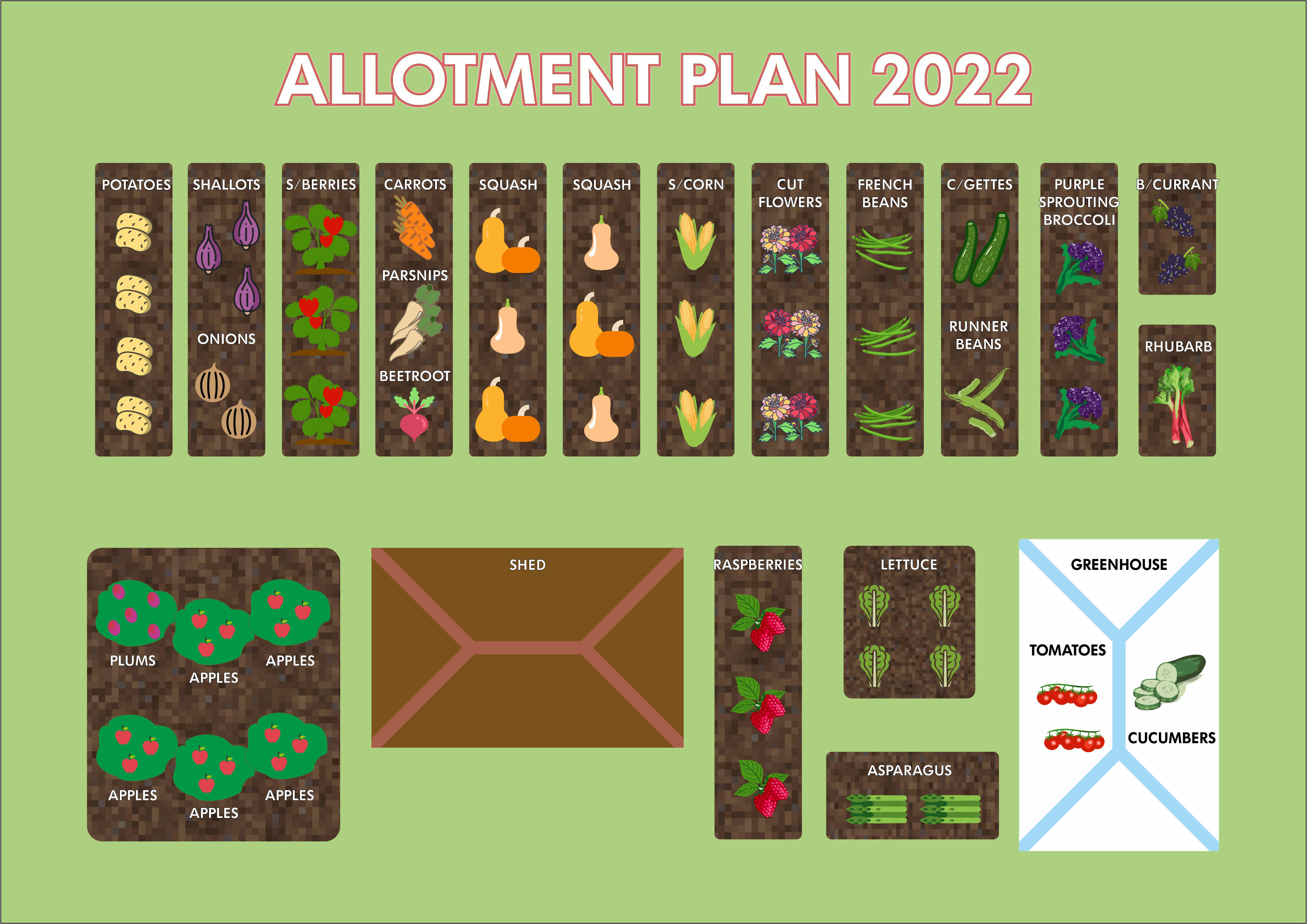
Allotment organisation
An effective system I tend to follow on my allotment Is the 3-year rotation system, which means the crops are divided into three main groups, so my allotment plots look something like this:
Year 1 roots – potatoes, onions & shallots, beetroot, parsnip, carrots
Year 2 peas, beans & fruiting vegetables – squash, sweetcorn, French beans, runner beans, courgettes
Year 3 brassicas – purple sprouting
(The crops would then be rotated around per year within their group)
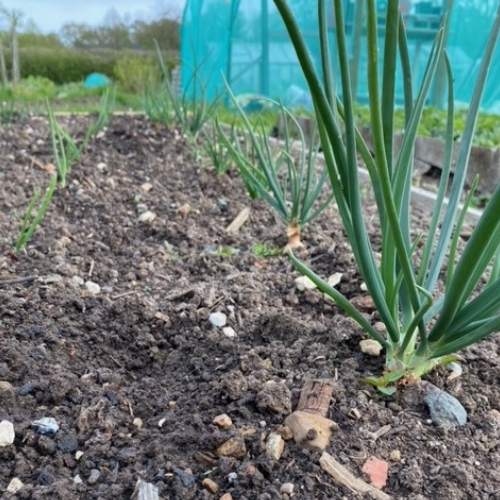
The idea is that you rotate the crops per year within their group over the 3 years and then start again. This is important as it ensures the soil is not exhausted by the same group and the right nutrients can be added to the soil beforehand. It also reduces the risk of pests & diseases which is always a plus!
Keeping out the pests!
Making sure your crops are protected from rabbits (the pests themselves) is a must when it comes to preparation, as you don’t want them robbing your crop, as delicious as it is! You can do this by simply placing mesh around the outside of the plot making sure there are no gaps or holes. I’ve constructed one around my lettuces.
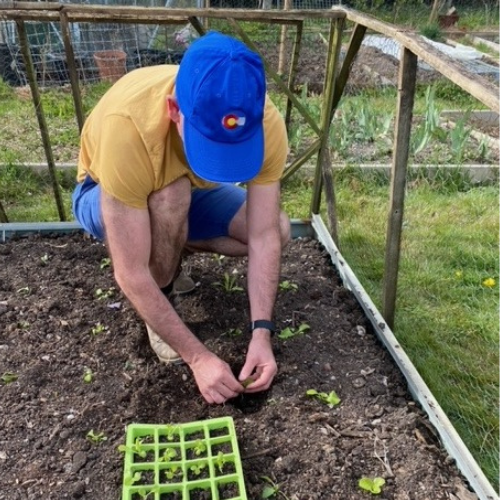
Welcoming the nature
Do you feel your garden lacks wildlife? Do you hate wasting plants by just throwing them out once they’ve finished harvesting? A great way I like to solve this is by keeping purple sprouting broccoli on the allotment even after its finished harvesting as it’s a great way to attract wildlife, including the bees!
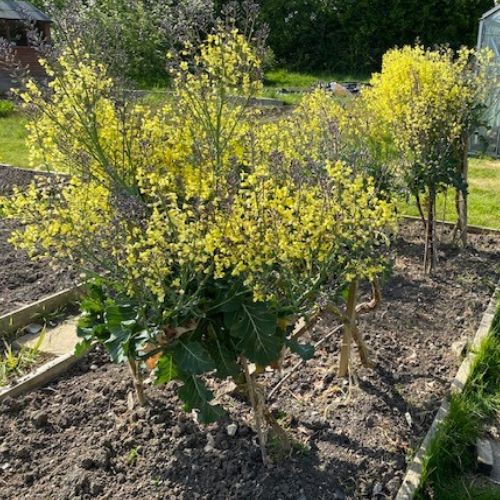
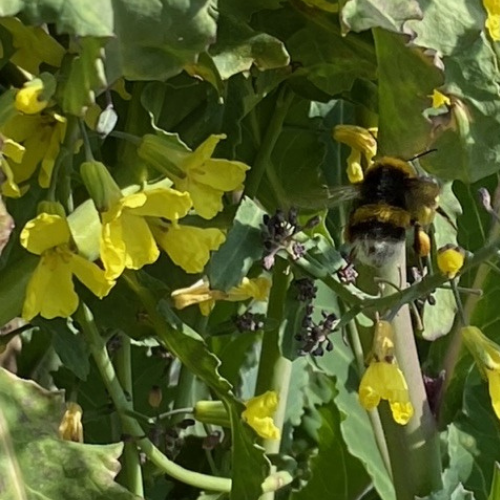
Cucumber and tomatoes
I’m glad to say the greenhouse is now ready to be planted with tomatoes and cucumbers ready for the delicious summer salads. A great tip is instead of growing tomatoes from seed, I plant the tomato seedling pots that can be purchased at the garden centre, I do this as I like to have lots of different varieties rather than lots of plants that are the same.
This year I’ve gone for:
- Moneymaker – reliable, medium sized
- Gardener’s delight – small, reliable and easy to grow
- Sungold – sweet tumbling variety
- Beefsteak- large, juicy variety
I also like to do the same for cucumber plants as they are fiddly from seed and prone to rotting off easily. I choose female plants as they are smooth skinned and easy to grow.


Instalments
Finally, new instalments are being made all round as I’ve just put in place my runner bean plant bamboo framework, this is a great way to train them from seed. However, make sure to keep an eye on the overnight temperatures as they will need protecting from any late frosts with some fleece.
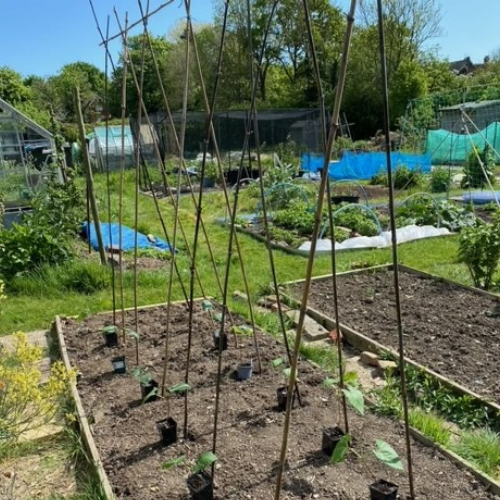
Cooking asparagus
A delicious way to cook asparagus is to place it on a hot griddle for 4/5 minutes with butter and then enjoy.
